 SewAus: Wastewater monitoring program
SewAus: Wastewater monitoring program
 Behaviour and Fate of Neonicotinoids in Australian Aquatic Environment
Behaviour and Fate of Neonicotinoids in Australian Aquatic Environment
 Biodegradation of organic chemicals in diverse aquatic environments
Biodegradation of organic chemicals in diverse aquatic environments
 Innovative Sampling Strategies for Improved Wastewater-based Epidemiology
Innovative Sampling Strategies for Improved Wastewater-based Epidemiology
2019 - 2022
 Evaluation and Implementation of Methods to Increase Comprehensiveness of Non-Target Analysis
Evaluation and Implementation of Methods to Increase Comprehensiveness of Non-Target Analysis
2019 - 2023
 Phthalates and Bisphenols in Australian Wastewater: Estimating Contributions from Point and Diffuse Sources
Phthalates and Bisphenols in Australian Wastewater: Estimating Contributions from Point and Diffuse Sources
 Evaluating the impacts of trade waste contributions to wastewater networks for a preventative approach to contamination
Evaluating the impacts of trade waste contributions to wastewater networks for a preventative approach to contamination
 Facilitating Detection of New Psychoactive Substances in Wastewater (PhD)
Facilitating Detection of New Psychoactive Substances in Wastewater (PhD)
 Wastewater Analysis for the Detection of World Anti-Doping Agency (WADA) Prohibited Substances
Wastewater Analysis for the Detection of World Anti-Doping Agency (WADA) Prohibited Substances
2019 - 2022
 Wastewater Analysis for Drug Monitoring in Correctional Facilities
Wastewater Analysis for Drug Monitoring in Correctional Facilities
 Improving Estimation of Tobacco Use by Wastewater-based Epidemiology
Improving Estimation of Tobacco Use by Wastewater-based Epidemiology
2019 - 2023
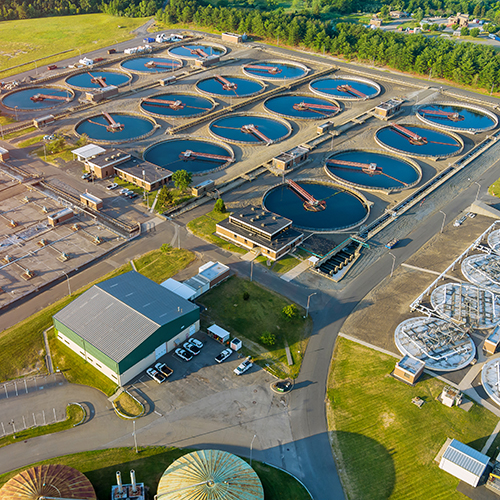 Facilitating Detection of New Psychoactive Substances in Wastewater
Facilitating Detection of New Psychoactive Substances in Wastewater
 Assessing the Toxicity and Metabolism of New Psychoactive Substances and their Presence in Wastewater
Assessing the Toxicity and Metabolism of New Psychoactive Substances and their Presence in Wastewater
 Improved Monitoring of Hydrophilic Aquatic Contaminants of Emerging Concern
Improved Monitoring of Hydrophilic Aquatic Contaminants of Emerging Concern
2020 - 2024
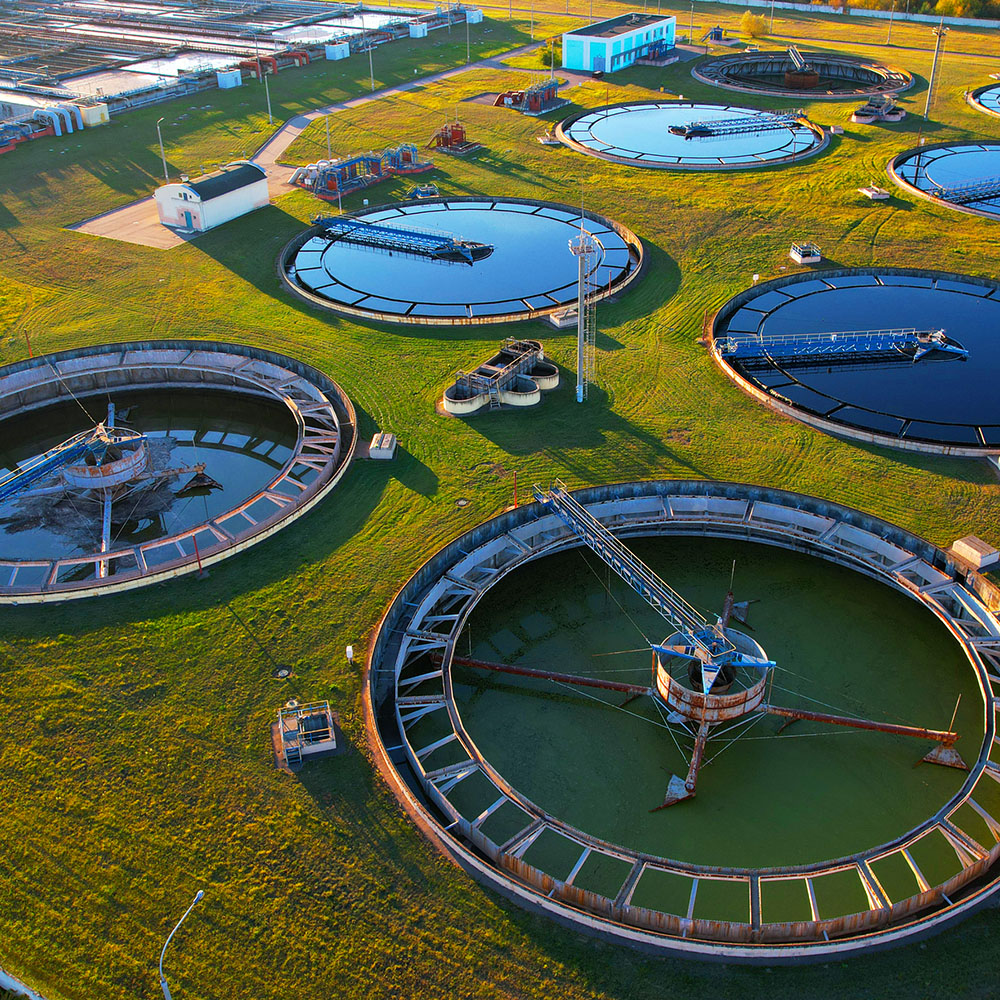 Revolutionizing Real-Time Genomic Epidemiology in Urban Wastewater Systems
Revolutionizing Real-Time Genomic Epidemiology in Urban Wastewater Systems
 National Wastewater Drug Monitoring Program
National Wastewater Drug Monitoring Program
 Understanding Australia by Analysing Wastewater During the Census 2021
Understanding Australia by Analysing Wastewater During the Census 2021
 Estimating the Use of Tobacco and Nicotine Products Through Wastewater Analysis
Estimating the Use of Tobacco and Nicotine Products Through Wastewater Analysis
2019 - 2024
 Realistic Assessment of Biomarker Transformation in the Wastewater System
Realistic Assessment of Biomarker Transformation in the Wastewater System
 Understanding Concentrations of Contaminants of Emerging Concerns in Residential and Non-residential Areas within Queensland Wastewater Catchments
Understanding Concentrations of Contaminants of Emerging Concerns in Residential and Non-residential Areas within Queensland Wastewater Catchments
 Wastewater analysis for legal and illicit tobacco use estimation in Australia
Wastewater analysis for legal and illicit tobacco use estimation in Australia
2024 - 2025
 Estimating use of nicotine containing products and evaluating tobacco-related health risks through wastewater analysis
Estimating use of nicotine containing products and evaluating tobacco-related health risks through wastewater analysis
 New Psychoactive Substances (NPS) Wastewater Consortium
New Psychoactive Substances (NPS) Wastewater Consortium
 Results of a study to evaluate per- and polyfluoroalkyl substances in the blood serum of Airservices Australia’s current and former staff
Results of a study to evaluate per- and polyfluoroalkyl substances in the blood serum of Airservices Australia’s current and former staff
 Development and Application of Passive Sampling Technologies for Per and Poly-Fluorinated Substances
Development and Application of Passive Sampling Technologies for Per and Poly-Fluorinated Substances
 Assessing Effectiveness of PFAS Exposure Control in Exposed Communities and Firefighters
Assessing Effectiveness of PFAS Exposure Control in Exposed Communities and Firefighters
2020 - 2025
 Fate and Transport of Per-and Polyfluoroalkyl Substances (PFAS) in the Soil Environment
Fate and Transport of Per-and Polyfluoroalkyl Substances (PFAS) in the Soil Environment
2019 - 2023
 Firefighter Exposure Risks and Subsequent Reproduction Effects
Firefighter Exposure Risks and Subsequent Reproduction Effects
2016 - 2023
 Evaluation of PFAS Release from Impacted Concrete and Asphalts
Evaluation of PFAS Release from Impacted Concrete and Asphalts
 Development of Passive Sampling Methodologies for Per-and Polyfluoroalkyl Substances (Advance Queensland Women's Research Assistance Program)
Development of Passive Sampling Methodologies for Per-and Polyfluoroalkyl Substances (Advance Queensland Women's Research Assistance Program)
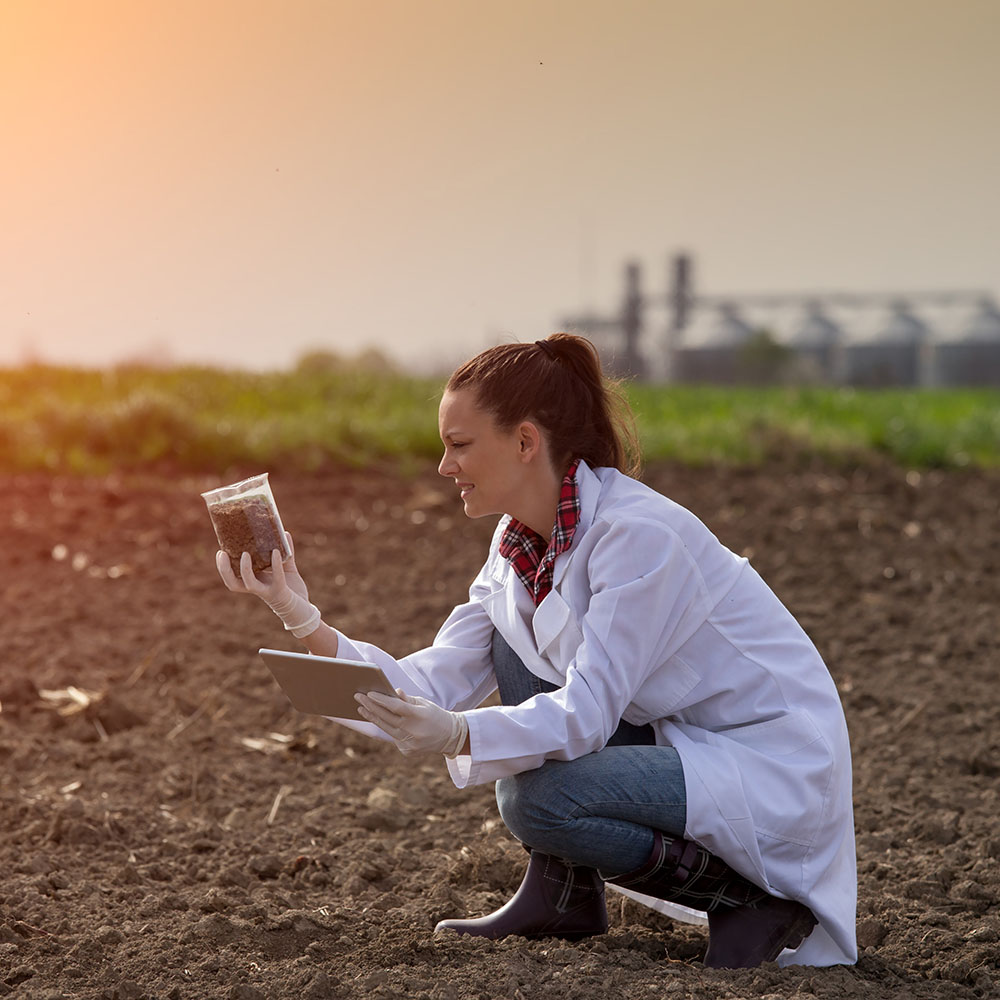 Remediation of PFAS Contaminated Soil Using a Soil Washing Treatment Train
Remediation of PFAS Contaminated Soil Using a Soil Washing Treatment Train
2019 - 2023
 Human Exposure to PFAS and their Precursors in the Human Environment and their Biotransformation Processes
Human Exposure to PFAS and their Precursors in the Human Environment and their Biotransformation Processes
 Per-and Polyfluoroalkyl Substances (PFAS) Contamination in the Indoor Environment and its Contribution to Human Exposure in Aqueous Film Forming Foam Impacted Communities
Per-and Polyfluoroalkyl Substances (PFAS) Contamination in the Indoor Environment and its Contribution to Human Exposure in Aqueous Film Forming Foam Impacted Communities
 Development of Passive Sampling Methodologies for Per- and Polyfluoroalkyl Substances
Development of Passive Sampling Methodologies for Per- and Polyfluoroalkyl Substances
 PFAS Contamination in Food Packaging Materials and their Flow-on Contamination
PFAS Contamination in Food Packaging Materials and their Flow-on Contamination
 PFAS Identification Algorithm from Mass and Fragmentation Data
PFAS Identification Algorithm from Mass and Fragmentation Data
 Comprehensive characterisation of the PFAS exposome
Comprehensive characterisation of the PFAS exposome
 Evaluation of changes in PFAS in Airservices Australia’s Aviation Rescue Fire Fighting Services (ARFFS) and Emergency Vehicle Technician (EVT) staff and ex-staff over time (Airservices III Study)
Evaluation of changes in PFAS in Airservices Australia’s Aviation Rescue Fire Fighting Services (ARFFS) and Emergency Vehicle Technician (EVT) staff and ex-staff over time (Airservices III Study)
Participant Information
 Environmental Fate, Distribution and Human Exposure to Neonicotinoids in Australia
Environmental Fate, Distribution and Human Exposure to Neonicotinoids in Australia
 Assessing and Modelling Spatiotemporal Trends of Drug Consumptions in the Community by Wastewater-based Epidemiology
Assessing and Modelling Spatiotemporal Trends of Drug Consumptions in the Community by Wastewater-based Epidemiology
 Temporal Trend Analysis and Optimization of Exposure Monitoring Designs
Temporal Trend Analysis and Optimization of Exposure Monitoring Designs
 Understanding Human Exposure to Benzotriazoles, Benzothiazoles, Benzotriazole UV-Stabilizers and Organophosphate Ester Flame Retardants in the Australian Population using Human Biomonitoring
Understanding Human Exposure to Benzotriazoles, Benzothiazoles, Benzotriazole UV-Stabilizers and Organophosphate Ester Flame Retardants in the Australian Population using Human Biomonitoring
 The Metabolic Syndrome in Relation to Nutritional Status and Food Consumption Patterns among Adults in Vietnam
The Metabolic Syndrome in Relation to Nutritional Status and Food Consumption Patterns among Adults in Vietnam
 Understanding Third Hand Exposure of Australian People to Methamphetamine
Understanding Third Hand Exposure of Australian People to Methamphetamine
 Exposure Mapping - Combining Wastewater Analysis with Human Biomonitoring
Exposure Mapping - Combining Wastewater Analysis with Human Biomonitoring
2018 - 2022
 Association of Family, Neighbourhood, and Psychosocial Environmental Factors With Asthma Trajectories Among Children in Australia
Association of Family, Neighbourhood, and Psychosocial Environmental Factors With Asthma Trajectories Among Children in Australia
2019 - 2023
 Human exposure to glyphosate-based herbicides and methods to reduce exposure
Human exposure to glyphosate-based herbicides and methods to reduce exposure
 Novel Testing Strategies for Endocrine Disruptors in the Context of Developmental Neuro Toxicity
Novel Testing Strategies for Endocrine Disruptors in the Context of Developmental Neuro Toxicity
2019 - 2024
 Establishing a National Program to Characterise Indoor Chemical Exposures
Establishing a National Program to Characterise Indoor Chemical Exposures
 A Global Platform for Identifying Emerging Chemical Threats
A Global Platform for Identifying Emerging Chemical Threats
 Developing Protocols to Measure Plastic Chemicals in Human Brain, Blood and Urine
Developing Protocols to Measure Plastic Chemicals in Human Brain, Blood and Urine
 Identification of Chemical and Biological Determinants, and their Sources, and Strategies to Promote Healthier Homes in Europe
Identification of Chemical and Biological Determinants, and their Sources, and Strategies to Promote Healthier Homes in Europe
 Exposure to Plastic Additives and its Association with Oxidative Stress Biomarkers
Exposure to Plastic Additives and its Association with Oxidative Stress Biomarkers
 Chemical Contamination in Humans and Links to Neurodegenerative Diseases
Chemical Contamination in Humans and Links to Neurodegenerative Diseases
 Understanding Food Intake and Health Through Urine Biomarkers: Insights from a National Study
Understanding Food Intake and Health Through Urine Biomarkers: Insights from a National Study
 Third-hand Smoking of Methamphetamine: An Investigation of Airborne Methamphetamine Levels and Remediation Approach
Third-hand Smoking of Methamphetamine: An Investigation of Airborne Methamphetamine Levels and Remediation Approach
 Pollen and its Contribution to Respiratory Outcomes in Subtropical Regions
Pollen and its Contribution to Respiratory Outcomes in Subtropical Regions
 Food Allergy, Atopy and Asthma Risk is Affected by the Environment of the Child
Food Allergy, Atopy and Asthma Risk is Affected by the Environment of the Child
 Investigating Chronic Kidney Disease of Unknown Aetiology: Pesticides and Heavy Metals as Potential Causes
Investigating Chronic Kidney Disease of Unknown Aetiology: Pesticides and Heavy Metals as Potential Causes
 How Greenspace Works: Which Factors Deliver the Best Health and Well-being
How Greenspace Works: Which Factors Deliver the Best Health and Well-being
 Using Multiple Data Sources to Understand the Opioid Crisis in Australia
Using Multiple Data Sources to Understand the Opioid Crisis in Australia
 Improving Indoor Environment Quality by Removing Semivolatile Organic Compounds from our Air
Improving Indoor Environment Quality by Removing Semivolatile Organic Compounds from our Air
 Establishing the Fitness for Purpose and Research Applications of Human Biomonitoring Programs Based on the Subsampling and Pooling of Deidentified Surplus Pathology Samples
Establishing the Fitness for Purpose and Research Applications of Human Biomonitoring Programs Based on the Subsampling and Pooling of Deidentified Surplus Pathology Samples
 Developing a Model for National Wastewater Antimicrobial Resistance and Antimicrobial use Surveillance
Developing a Model for National Wastewater Antimicrobial Resistance and Antimicrobial use Surveillance
 Antimicrobial Resistance Genes in the Atmospheric Environment
Antimicrobial Resistance Genes in the Atmospheric Environment
 Antimicrobials and Other Chemicals that Select for Resistance
Antimicrobials and Other Chemicals that Select for Resistance
 The Characterisation of Antimicrobial Resistance in Australian Wastewater
The Characterisation of Antimicrobial Resistance in Australian Wastewater
 Preliminary Investigations Relating to the Role of Cyanobacterial Blooms in the Amplification and Dispersal of Antimicrobial Resistance
Preliminary Investigations Relating to the Role of Cyanobacterial Blooms in the Amplification and Dispersal of Antimicrobial Resistance
 A National Wastewater Surveillance Program for Antimicrobial Resistance
A National Wastewater Surveillance Program for Antimicrobial Resistance
 The Suitability of Wastewater-based Epidemiology for Antimicrobial Resistance Surveillance
The Suitability of Wastewater-based Epidemiology for Antimicrobial Resistance Surveillance
 Assessing Dietary Exposure to Microplastics
Assessing Dietary Exposure to Microplastics
 Identifying Baby Food Pouch Migrants and Evaluating their Potential Risks
Identifying Baby Food Pouch Migrants and Evaluating their Potential Risks
 Where do tyre particles go? Tracking tyre-related microplastic pollution in the Australian environment
Where do tyre particles go? Tracking tyre-related microplastic pollution in the Australian environment
 Microplastic Pollution: Nanoscale Surface Interactions and Public Perceptions
Microplastic Pollution: Nanoscale Surface Interactions and Public Perceptions
2019 - 2023
 Assessing Extent of Degradation and the Potential Effects on the Quantification of Microplastics in the Environment
Assessing Extent of Degradation and the Potential Effects on the Quantification of Microplastics in the Environment
 Microplastics in Air
Microplastics in Air
 Evaluating infant oral exposure to micro and nanoplastics
Evaluating infant oral exposure to micro and nanoplastics
 Microplastics Pollution in Water: Issues and Treatment Using Foam Fractionation/Froth Flotation
Microplastics Pollution in Water: Issues and Treatment Using Foam Fractionation/Froth Flotation
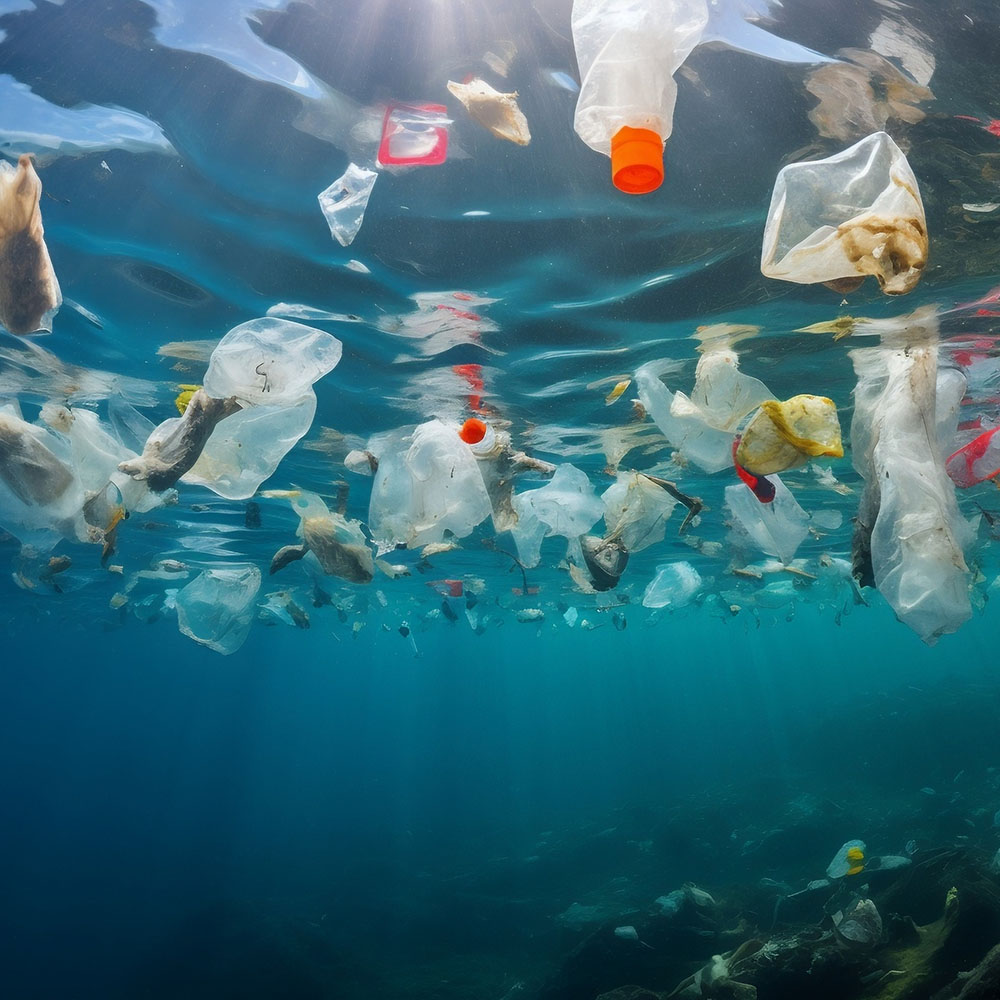 Microplastics: Long Term Effects of Plastic Additive Chemicals on Marine Organisms
Microplastics: Long Term Effects of Plastic Additive Chemicals on Marine Organisms
2019 - 2024
 Unmasking the Hidden Threat: Investigating Microplastic Pollution in Moreton Bay for a Sustainable Future
Unmasking the Hidden Threat: Investigating Microplastic Pollution in Moreton Bay for a Sustainable Future
 Human Exposure and Fate of Micro and Nanoplastics
Human Exposure and Fate of Micro and Nanoplastics
 Human Exposure and Accumulation of Plastics
Human Exposure and Accumulation of Plastics
 Development of Specialised Hyphenated Methodologies for Quantifying new Halogenated Plastic Materials
Development of Specialised Hyphenated Methodologies for Quantifying new Halogenated Plastic Materials
 Developing a Method for the Quantification of Antifouling Paint Particles in the Marine Environment Using Pyrolysis-gas Chromatography-mass Spectrometry
Developing a Method for the Quantification of Antifouling Paint Particles in the Marine Environment Using Pyrolysis-gas Chromatography-mass Spectrometry
 Micro- and nano-plastics in drinking water from Ottawa, Canada
Micro- and nano-plastics in drinking water from Ottawa, Canada
2024
 Towards better understanding the properties of pollutants that can cross the blood brain barrier using assays and/or animal studies
Towards better understanding the properties of pollutants that can cross the blood brain barrier using assays and/or animal studies
 Understanding emerging contaminant presence in isolated seabird populations in East Antarctica
Understanding emerging contaminant presence in isolated seabird populations in East Antarctica
 Characterisation and quantification of nanoplastics in the environment using pyrolysis gas chromatography tandem mass spectrometry
Characterisation and quantification of nanoplastics in the environment using pyrolysis gas chromatography tandem mass spectrometry
 Chemicals in Compostable Food Contact Paper Packaging Materials
Chemicals in Compostable Food Contact Paper Packaging Materials
 Pesticide Analysis for the Inshore Great Barrier Reef Marine Monitoring Program
Pesticide Analysis for the Inshore Great Barrier Reef Marine Monitoring Program
 Improved Monitoring of Aquatic Pollutants in National Water Resources
Improved Monitoring of Aquatic Pollutants in National Water Resources
2020 - 2023
 Water Quality Micro-Pollutant Passive Sampler Monitoring Program
Water Quality Micro-Pollutant Passive Sampler Monitoring Program
 La Niña Influence on Herbicide and Pesticide Transport to Moreton Bay's Delicate Seagrass Beds
La Niña Influence on Herbicide and Pesticide Transport to Moreton Bay's Delicate Seagrass Beds
2022
 Transforming our Understanding of the Chemical Exposome
Transforming our Understanding of the Chemical Exposome
 Calibration of air and water samplers for the detection of pesticides used for locust control
Calibration of air and water samplers for the detection of pesticides used for locust control
 Understanding the vaping epidemic through novel integrative monitoring tool
Understanding the vaping epidemic through novel integrative monitoring tool
 Uncovering Antarctica’s secret chemical voyagers for expedited regulation
Uncovering Antarctica’s secret chemical voyagers for expedited regulation
 Using multiple data sources to understand the opioid crisis in Australia (PhD Project)
Using multiple data sources to understand the opioid crisis in Australia (PhD Project)
 Non-Targeted High-Resolution Mass Spectrometric Characterisation of Highly Mobile and Highly Persistent Chemicals
Non-Targeted High-Resolution Mass Spectrometric Characterisation of Highly Mobile and Highly Persistent Chemicals
 Spatiotemporal Evaluation of Human Heat-Health Vulnerability in Australia
Spatiotemporal Evaluation of Human Heat-Health Vulnerability in Australia
 Impacts of Land Use on Health: Understanding Landscape Nexus with Public Health
Impacts of Land Use on Health: Understanding Landscape Nexus with Public Health
 Heat Events and Health Burden in the Tropics Because of Global Warming
Heat Events and Health Burden in the Tropics Because of Global Warming
 A User-friendly Digital Prediction Tool for Dengue Prevention
A User-friendly Digital Prediction Tool for Dengue Prevention
 The Effects of Maternal Exposure to Elevated Ambient Temperature on Adverse Birth Outcomes in Queensland, Australia
The Effects of Maternal Exposure to Elevated Ambient Temperature on Adverse Birth Outcomes in Queensland, Australia
 Early and Ongoing Pollen Exposure and the Development and Exacerbation of Allergic Disease: A Life-Course and Real-Time Epidemiological Analysis
Early and Ongoing Pollen Exposure and the Development and Exacerbation of Allergic Disease: A Life-Course and Real-Time Epidemiological Analysis
